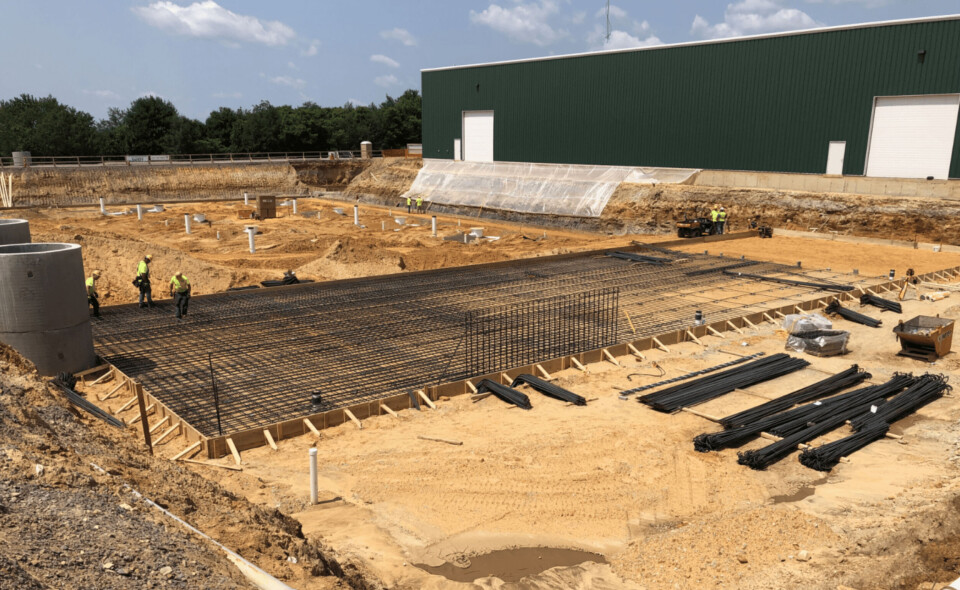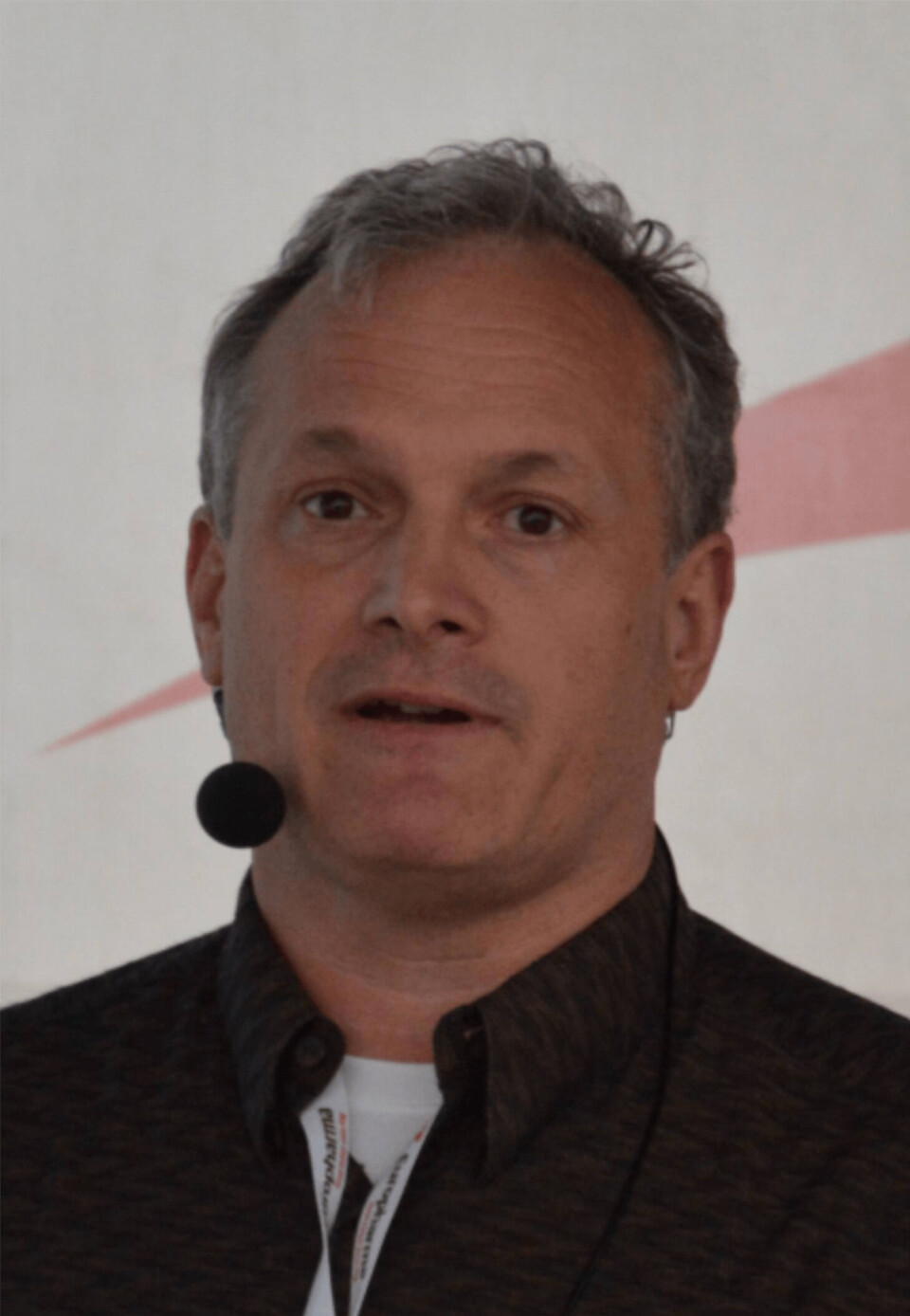
Superior Fresh outlines its big salmon leap forward
North American aquaponics salmon grower Superior Fresh has started work on a new recirculating aquaculture system facility that will allow a massive increase in production.
Steve Summerfelt, chief science officer with the Wisconsin fish and salad producer, told Fish Farming Expert the company intended to increase harvests of Atlantic salmon from 160,000 lbs (73 tonnes) in the last year to 1.5 million pounds (680 tonnes) annually.
The original RAS grow-out facility, which Superior Fresh calls the Fish House, will be used as a nursery to provide smolts for grow-out in a larger Fish House that’s now being built.

Fry culture
“We’ve already ramped up our egg takes and fry culture so that we’ll have the fish for that expansion,” said Summerfelt.
“We should be stocking post-smolts in the facility next May or June. I think the oldest smolts are at least a month old and 23 months from now we’ll have them in the market.”
The expansion means production of steelhead trout, which the company also grows, is likely to take a back seat in the short term.
Second greenhouse
“In the future we may raise a little steelhead but the nursery program for our expansion might take up more of that production,” explained Summerfelt. “We’ll probably come back to steelhead as we expand further but right now our steelhead programme is impacted.”
Superior Fresh uses nutrients from its fish production to grow lettuce in an aquaponics system in a six-acre greenhouse, and that side of the operation is also expanding, with a second greenhouse covering eight acres being constructed.
Although the greenhouse capacity is not increasing at the same scale as the fish production, Summerfelt said it was adequate to cope with all of the extra waste the second Fish House would generate.
“We will be able to take care of all the effluent on site, without discharge,” said the science officer. “We currently have zero discharge from our production and processing facility, and we irrigate [with] the little bit of spill water [that we have]. That’s including all the Fish House and greenhouse. It’s in severe contrast to net pens, which have zero waste capture. This is 100% waste capture, and repurposing for food.
“It’s going to make it a lot easier [because we’ll have more nutrients for the lettuce].”
Superior Fresh has no worries about finding customers for the extra fish it will start harvesting in just under two years.
‘Drop in a bucket’
“We had all of our fish sold before they first hit the market last July,” said Summerfelt. “They’ve always been all sold and we’ve always had requests for more fish, so it’s always a case of people wanting our fish and us not having as many as we wanted to sell, so this expansion helps us a little bit on that.
“What we have is like a drop in a bucket, even on a regional scale. We’re not talking about selling this fish farther than about a 400-mile radius.”
The company began selling its fish through one store chain but is now looking at three distributors to increase the number of outlets.
New sites
“We want to have an opportunity for more customers to see how great this product is,” said Summerfelt.
As well as the Wisconsin expansion, Superior Fresh is “pushing hard” to establish new operations on both the East Coast and West Coast of the US but is not yet in a position to announce anything further, he added.
As for whether Superior Fresh is making money, Summerfelt is only prepared to say that “our business plan is excellent”.
He didn’t want to comment on the specifics of RAS projects being pursued by other companies in the US, but concluded: “I think it’s very promising that the consumers seem to really appreciate having locally-produced salmon of high quality, and I think that it [RAS] is a good fit for it.”























































